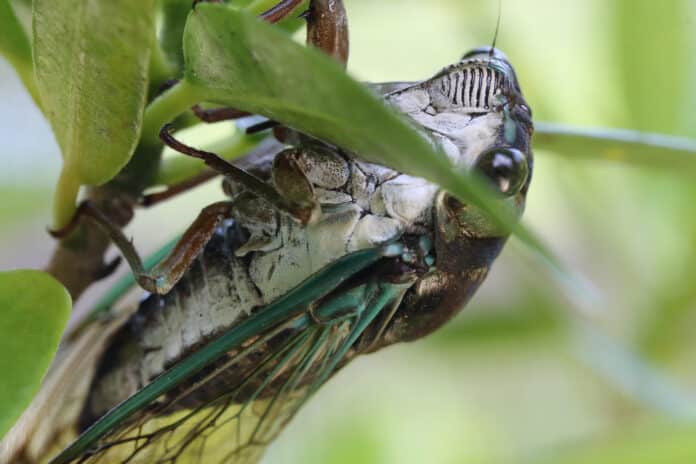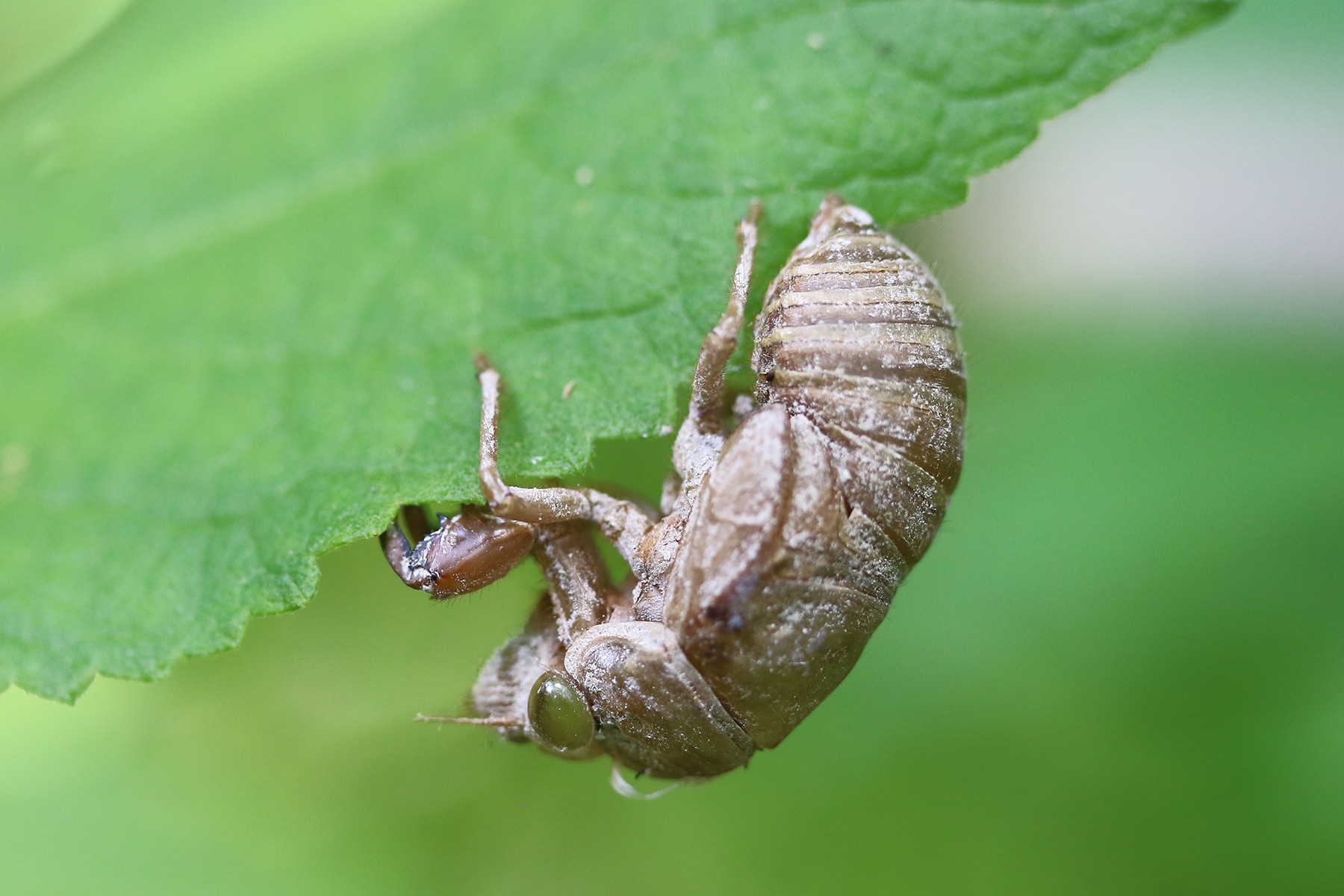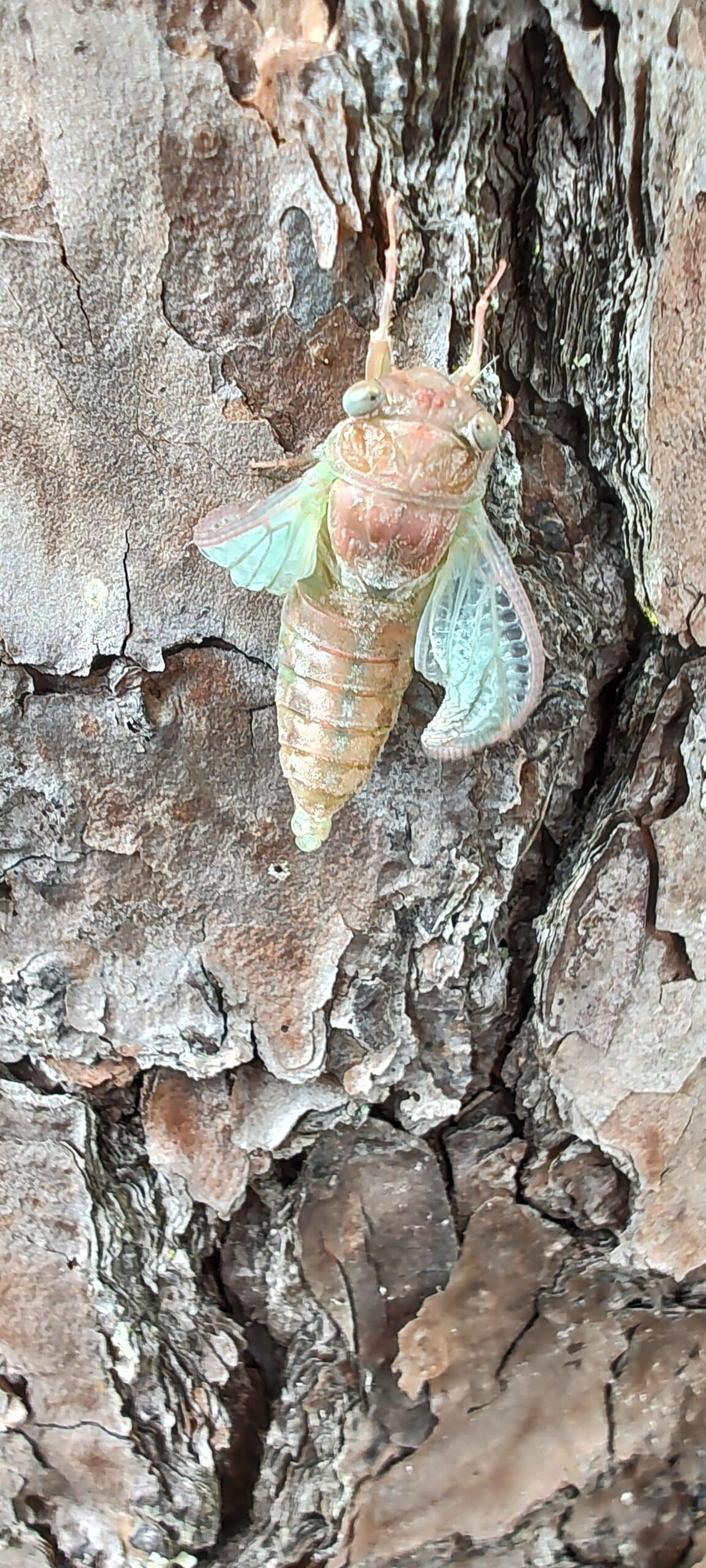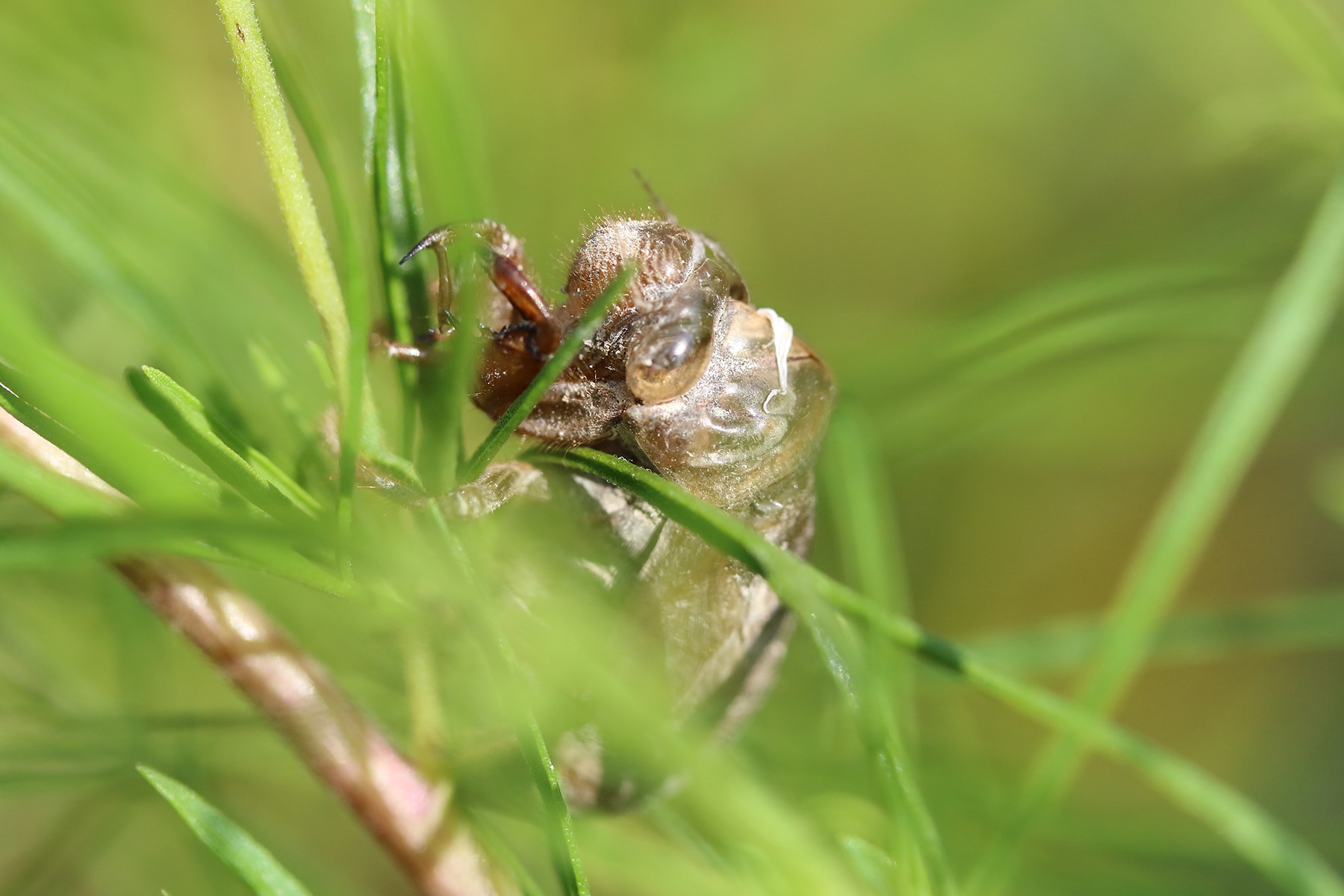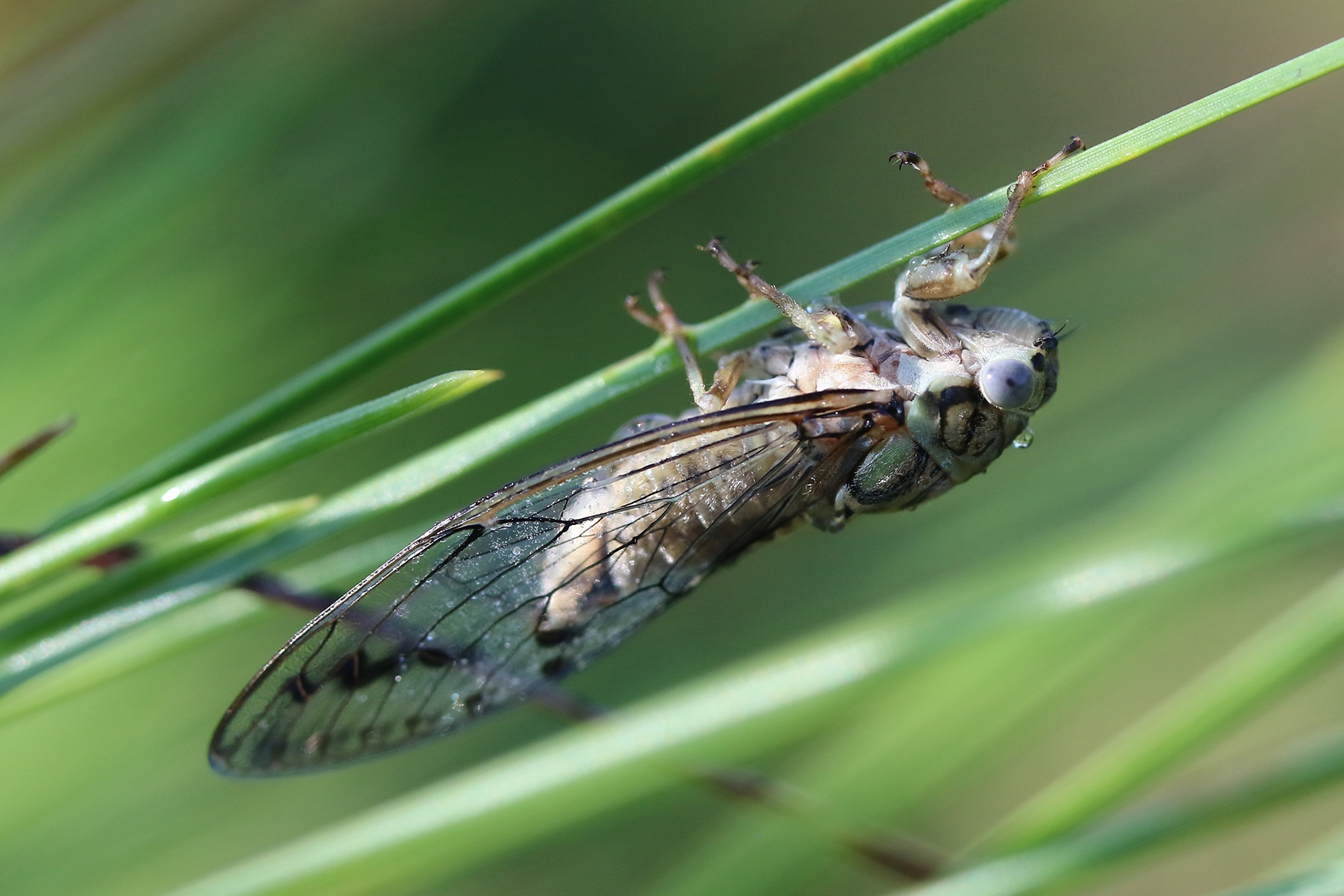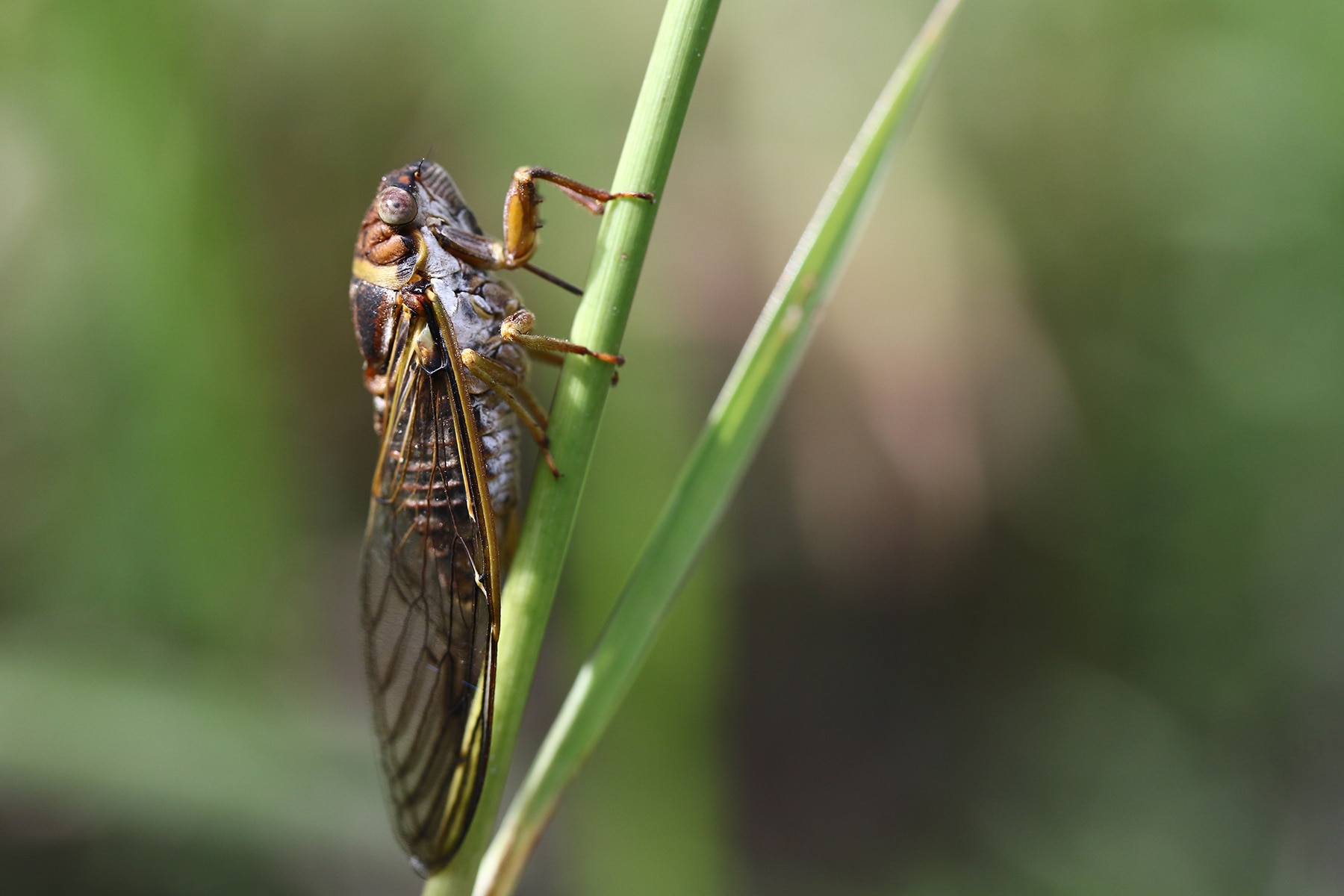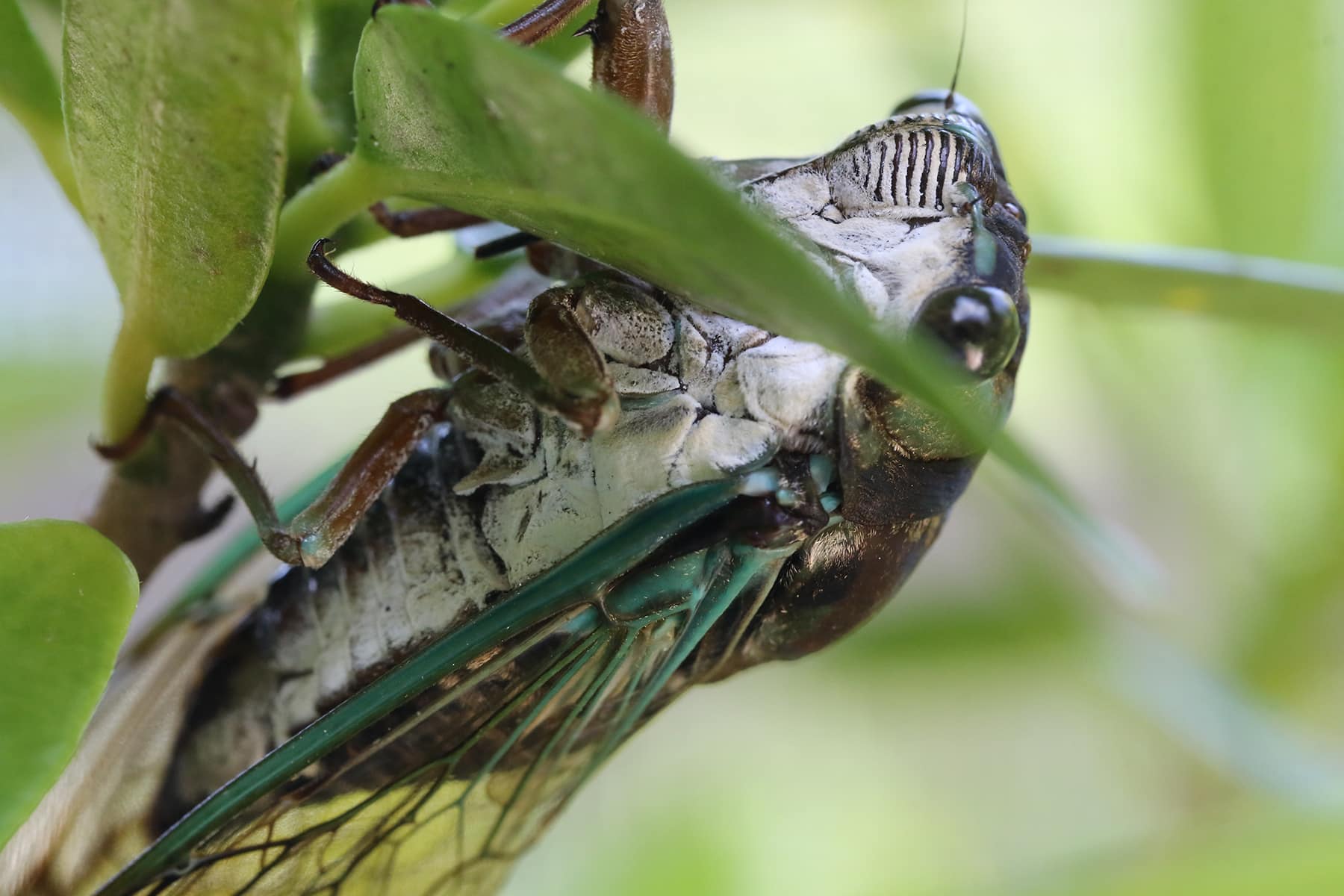Nature Coast Naturalist
So what is a naturalist? Even though there are a lot of definitions, this is how I see it…
A naturalist is someone who provides non-formal educational opportunities to educate the public about nature-related subjects. The specific roles and responsibilities of a naturalist differ depending on their level of expertise and education. The main objective of a naturalist is to ignite curiosity and inspire the public to participate in natural environmental opportunities.
Cicada at my feet
Hernando County boasts a vibrant array of wildlife and plant species, along with stunning trails waiting to be discovered. Some can easily be observed in your own backyard, while others are tucked away in the Withlacoochee State Forest. All it takes is a bit of time and an adventurous spirit to embark on these expeditions. Sometimes, you may have to wait patiently; other times, you might stumble upon them unexpectedly – perhaps even falling from the sky.
While recently taking a stroll, I noticed an insect fall from above- it was a cicada. My first Nature Coast Naturalist article subject had just fallen at my feet.
The cicada’s adult life span is only four to six weeks. Sadly, this female cicada was reaching the end of her life. Despite this, she was a beautiful creature with a unique design, coloration, and wing pattern specific to her species.
In her adulthood, her daily routine involves listening to the calls of male cicadas from morning to evening to find a compatible partner.
There are 19 species of cicadas in Florida. The most common are Hieroglyphic Cicada, Olympic Scrub Cicada, Resonant Cicada, Davis’s Southeastern Dog-Day Cicada, Swamp Cicada, Lyric Cicada, and Atlantic Saltmarsh Cicada.
Sounds of the cicada
Male cicadas largely rule the field of music creation. They produce various sounds with varying wavelengths, which researchers have identified as having three distinct levels: warning calls, mating calls, and response calls.
How do these insects create this loud sound?
Male cicadas have a special organ called the tymbals, which are made up of a type of rubbery protein called resilin. This protein is able to withstand multiple vibrations without breaking, returning its shape to its original state. The tymbals located behind the wings produce sounds that can be heard hundreds of times per second, which helps cicadas communicate with each other. The abdomens of the males are hollow, which helps to amplify the sounds produced. Females can attract a mate by clicking their wings, but males create the distinctive high-pitched sound heard during the day and at dusk when they are searching for mates.
Life Stages
Similar to other insects, various stages of the cicada’s life cycle involve metamorphosis. The cicada undergoes the transformation from egg to nymph to adult during its lifetime. Female cicadas (and insects in general) have a special structure called an ovipositor, which they use to bore into a thin branch and lay their eggs. After hatching, the nymphs drop to the ground and burrow up to 18 inches into the soil. The immature nymphal cicadas then feed on the fluids found in the roots of trees until it’s time for them to emerge. This process takes between six and ten weeks. The question of how and when they know to dig to the surface is still unanswered. There are hypothetical answers, such as changes in the temperature underground or possibly an internal clock.
Emergence
Did you know that in Florida, certain types of insects can stay underground for up to five years? Meanwhile, the majority of cicadas in Florida emerge annually. There is a species of cicada found in the eastern US that spends 17 years underground in its nymphal stage: the Periodical Cicada (genus Magicicada).
When cicadas surface, they search for a suitable place to shed their exoskeleton, which is a tough skin made of chitin. Chitin is a carbohydrate derived from sugar molecules that protects insects. Shedding the exoskeleton takes about two hours and signals the transformation from the final nymphal stage to adulthood. Shortly after shedding the exoskeleton, the cicada’s color is pale and light green, and its new wings unfold and operate hydraulically by hemolymph, which is the “blood” of insects that flows from its thoracic wing hearts. The growth and development of healthy and functional wings are crucial for the cicada’s growth into an adult.
Feeding
Cicadas feed through a rostrum or beak, shaped like a straw, that allows them to pierce into branches to obtain water and nutrients. The rostrum is housed in the cicada’s clypeus, which contains muscles responsible for pumping plant fluids through the needle-like beak and into the digestive system.
Cicadas rely on piercing the tree’s vascular tissues, including the xylem and phloem, to obtain their nutrients. The xylem moves water and nutrients from the roots to the rest of the tree, while the phloem transports sucrose and amino acids from the leaves. A long beak is necessary for cicadas to reach the vascular tissues on younger branches.
After settling in and feeding, the cicada continues its life cycle.
To dive deeper into cicadas, check out this website: https://www.cicadamania.com/
Correction issued 8/27/23: Cicadas are mostly heard during the day and dusk, not at night time.

